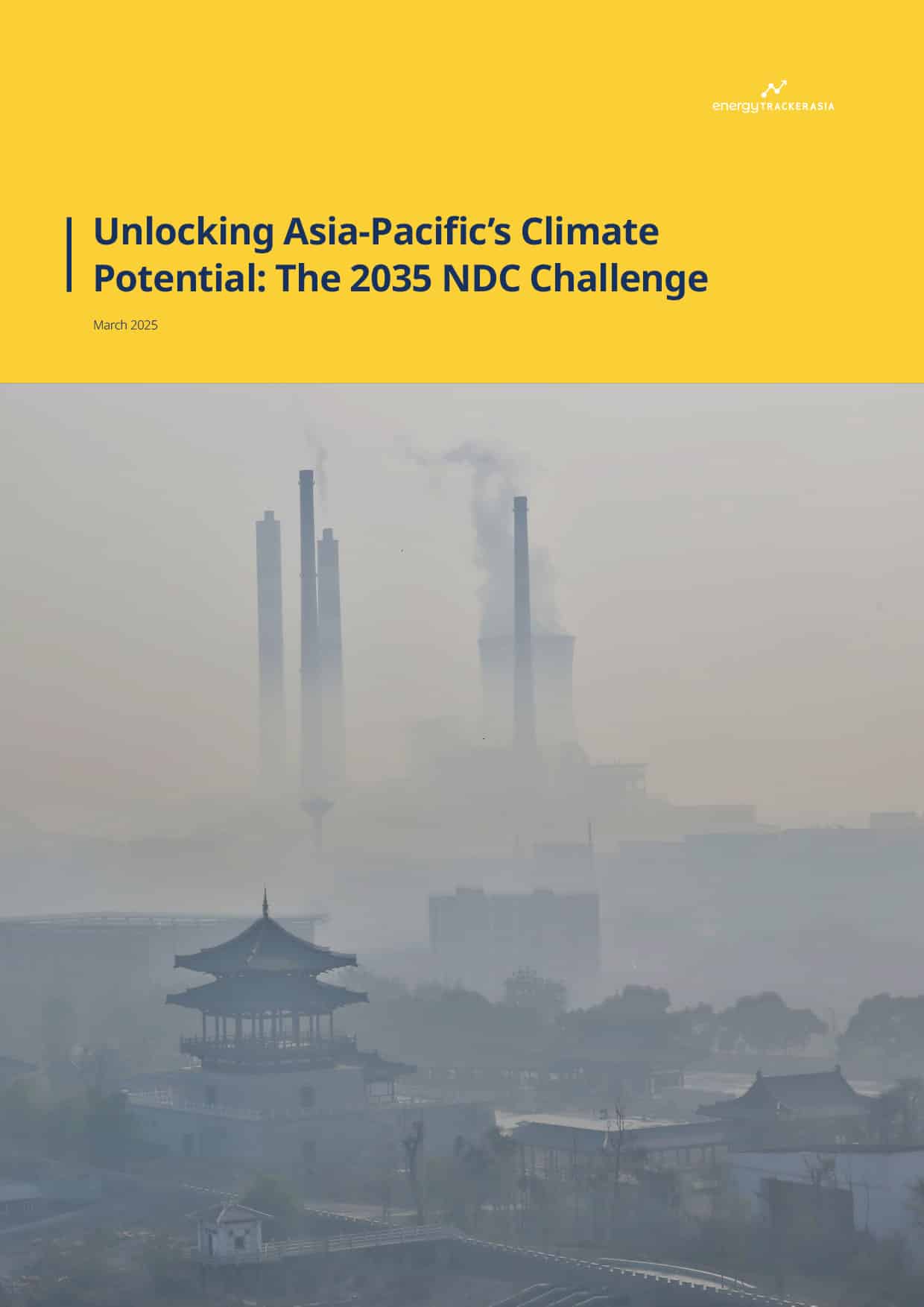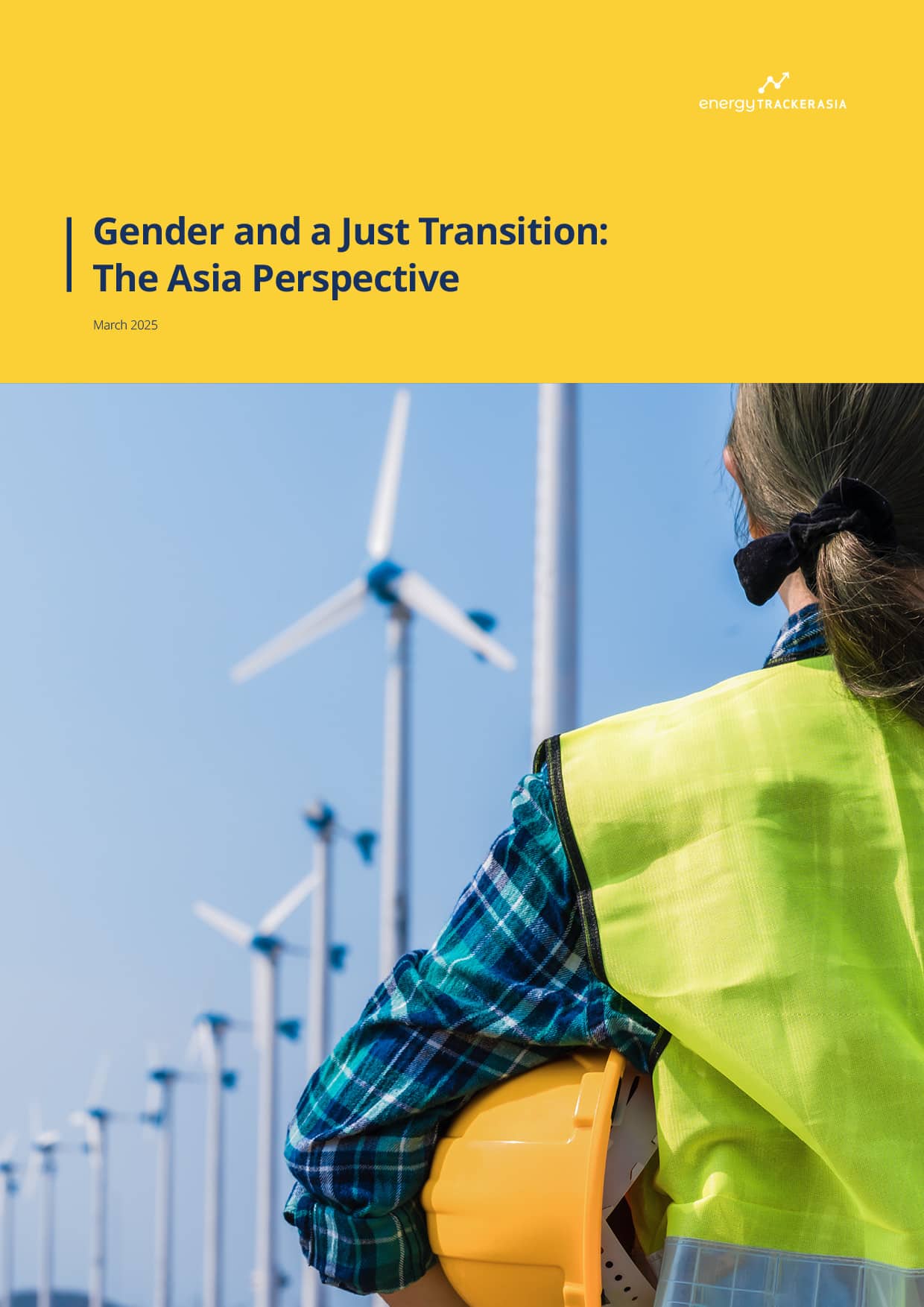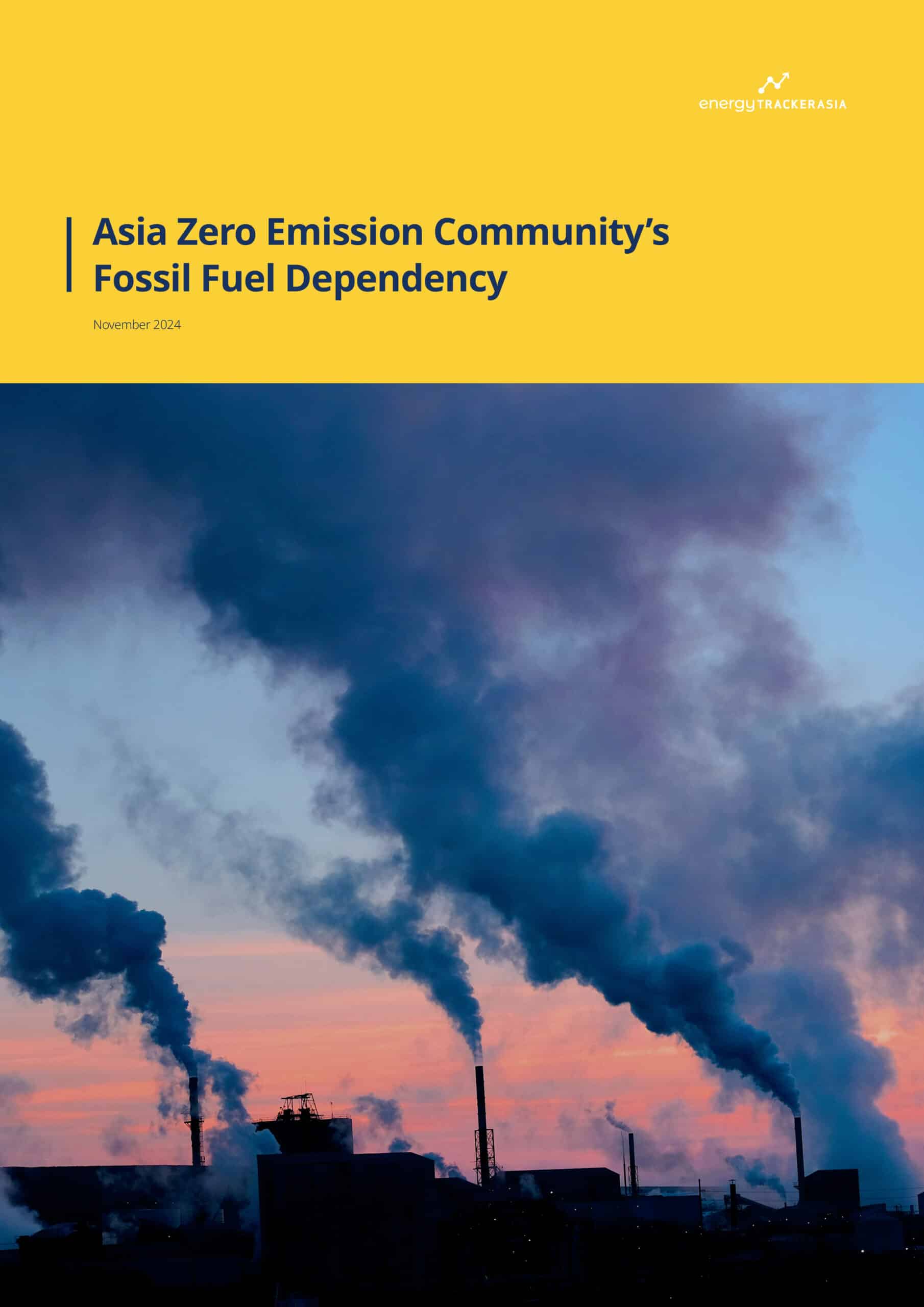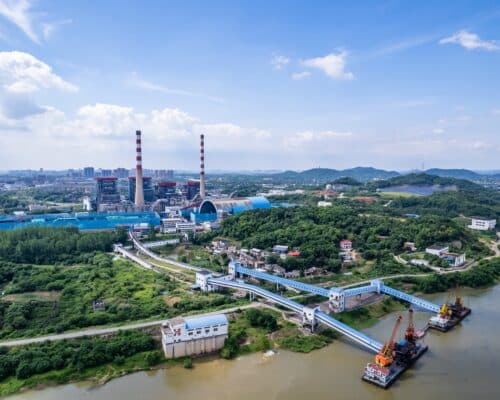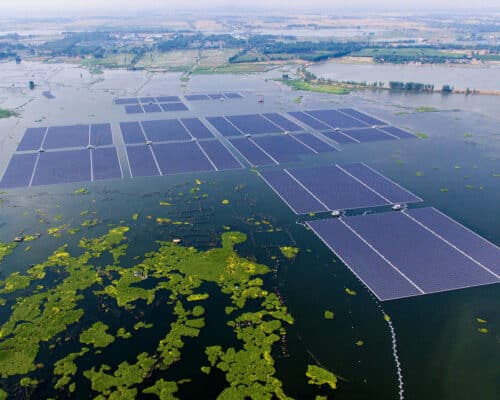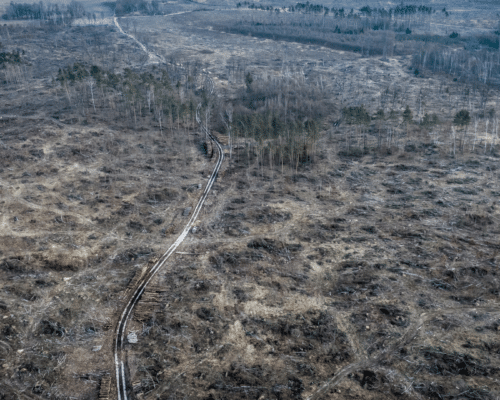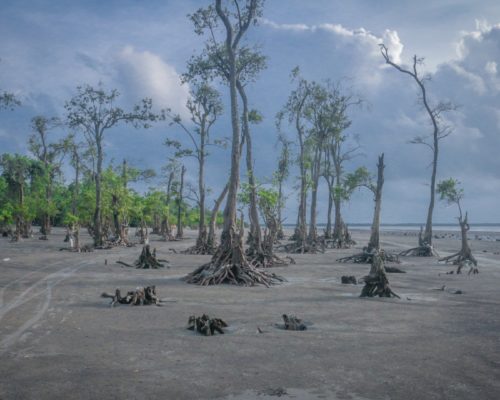When Emission Cuts Are Just Paperwork – The Cookstove Credits Backed by Korean Companies [Op-Ed]
Samsung Electronics supported the distribution of 20,000 low-carbon cookstoves in Kenya, highlighting the project as a major ESG initiative. Recent research, however, found significant over-crediting of emission reductions.
10 June 2025 – by Sooyoun Han
What if the carbon credits backing a company’s climate pledges and ESG credentials are, in fact, nothing more than defective products?
This is the uncomfortable truth behind the cookstove offset projects backed by South Korean companies, including Samsung Electronics, Korea Electric Power Corporation(KEPCO), and SK Group. These companies have invested in cookstove offset projects across developing countries, generating offset credits by replacing inefficient cookstoves with more efficient alternatives. The aim is to claim emission reductions, comply with the Korean Emissions Trading Scheme(K-ETS), and polish their ESG credentials.
Our recent investigation revealed a stark disconnect between the emission reductions claimed and the reality on the ground. Plan 1.5’s joint research with Carbon Market Watch and UC Berkely Carbon Trading Project demonstrated that the actual emission reductions from these cookstove projects have been over-credited – by an average factor of 18.3. This cannot be just a rounding error. Something was fundamentally flawed.
How The Numbers Were Cooked Up
Cookstove projects were originally designed under the UN’s Clean Development Mechanism (CDM) and have since gained traction in voluntary carbon markets (VCM). They now represent 18% of all credits in the VCM and a large share of CDM issuance. The premise is simple: replacing inefficient [YS1] stoves with traditional models in developing countries reduces firewood consumption, thus cutting CO₂ emissions.
But there’s a catch. The actual reductions are based on numbers- assumptions – about how people use the stoves, whether they continue using traditional ones, the source of their fuel, and more. A critical factor for the calculation of emission reductions is the fNRB(fraction of non-renewable biomass), which estimates how much of the saved biomass would have come from non-renewable sources, i.e. cutting down wood from the forest rather than renewable sources such as fallen branches or agricultural waste. A higher fNRB results in more credits, and unfortunately, this value has been overestimated in all cases. Developers also self-report favourable figures on adoption, usage and fuel savings. In most cases, these assumptions were also unrealistic or outright misleading.
Concerns about over-crediting in cookstove projects are not new. This issue was also highlighted in a paper published in Nature Sustainability, which found that emission reductions from such projects were overstated by 10 times or more. Building on the paper’s methodology, our team analysed 310 cookstove project activities involving Korean companies, covering over 9.7 million credits. The result? Only 531,979 tons – just 5% – were found to be real. The rest were smoke and mirrors. The Integrity Council for the Voluntary Carbon Market(ICVCM) recently rejected the approval of two cookstove methodologies under the UN CDM, citing insufficient environmental credibility.
Over-Crediting Risks in Korea’s International Offsets
Some of the worst over-crediting cases involved major Korean companies through direct investment. Samsung’s offset project was overstated by a factor of 9.6, and SK’s marked 14.4. One Guatemalan project issued 253,768 credits, but actual reductions turned out to be only 3,738 tons—yet many of these credits were still certified by the Korean Ministry of Environment as “international credits” and sold, largely untraceable, to companies under the K-ETS.
To make matters worse, these overestimated credits are now being considered for Korea’s national climate targets. Under the 2030 NDC, the Korean government intends to purchase 37.5 million tons worth of international credits—13% of its total goal—with cookstove projects listed as key candidates. In other words, taxpayers’ money is likely to be used to buy fake credits.
Undermining the Climate Fight
The implications go far beyond corporate ESG reports. If countries like Korea use low-quality credits to meet their NDCs, they are essentially avoiding real emissions cuts – passing the burden onto vulnerable communities and future generations.
The upcoming Phase 4 of the K-ETS (2026–2030) is also at risk. The Korean government is considering doubling the allowable use of offset credits from 5% to 10%, potentially opening the floodgates for more fake credits. This risks depressing carbon prices, disincentivising real mitigation, and damaging the system’s credibility—a risk that the EU learned the hard way. The EU-ETS, after facing a similar influx of low-quality offsets, banned the use of international credits from its ETS in 2021.
What Needs to Happen
First, Korean companies must stop hiding behind dubious offsets, and the Korean government should establish stricter verification and certification processes. Real climate leadership means reducing actual emissions – not outsourcing them through unreliable projects.
Second, the Korean government should adopt improved methodologies—such as CLEAR—and only recognise cookstove offset credits generated using such updated approaches. It must also ensure that credits from projects relying on conventional methodologies prone to over-crediting are not used to achieve Korea’s 2030 NDC targets.
Finally, the international community, particularly emerging Asian carbon markets, should take Korea’s case as a cautionary tale. As the climate crisis intensifies, we no longer have the luxury of looking the other way regarding questionable carbon credits. Every ton of carbon that is falsely accounted for is a ton that pushes us closer to climate breakdown. There is simply no room left for illusions.
Sooyoun Han began her journalism career and has fought fossil fuel finance since joining the climate movement in 2020. She works on developing effective climate mitigation measures while remaining mindful of the risks of carbon reductionism. She currently serves as a member of the Presidential Commission on Carbon Neutrality and Green Growth in South Korea, advising the government on international carbon offsets and cross-border mitigation strategies.
Plan 1.5 is a non-profit organisation focusing on policy advocacy for stronger and more effective climate policies in Korea. It was established based on the strategic observation that policy engagement is the most urgently needed missing piece in the climate activism scene. Plan 1.5 seeks to strengthen climate policies effectively and expand and empower the climate movement in Korea and beyond.
Disclaimer: The views and opinions expressed in this article are those of the author and do not necessarily reflect the official policy or position of Energy Tracker Asia.
